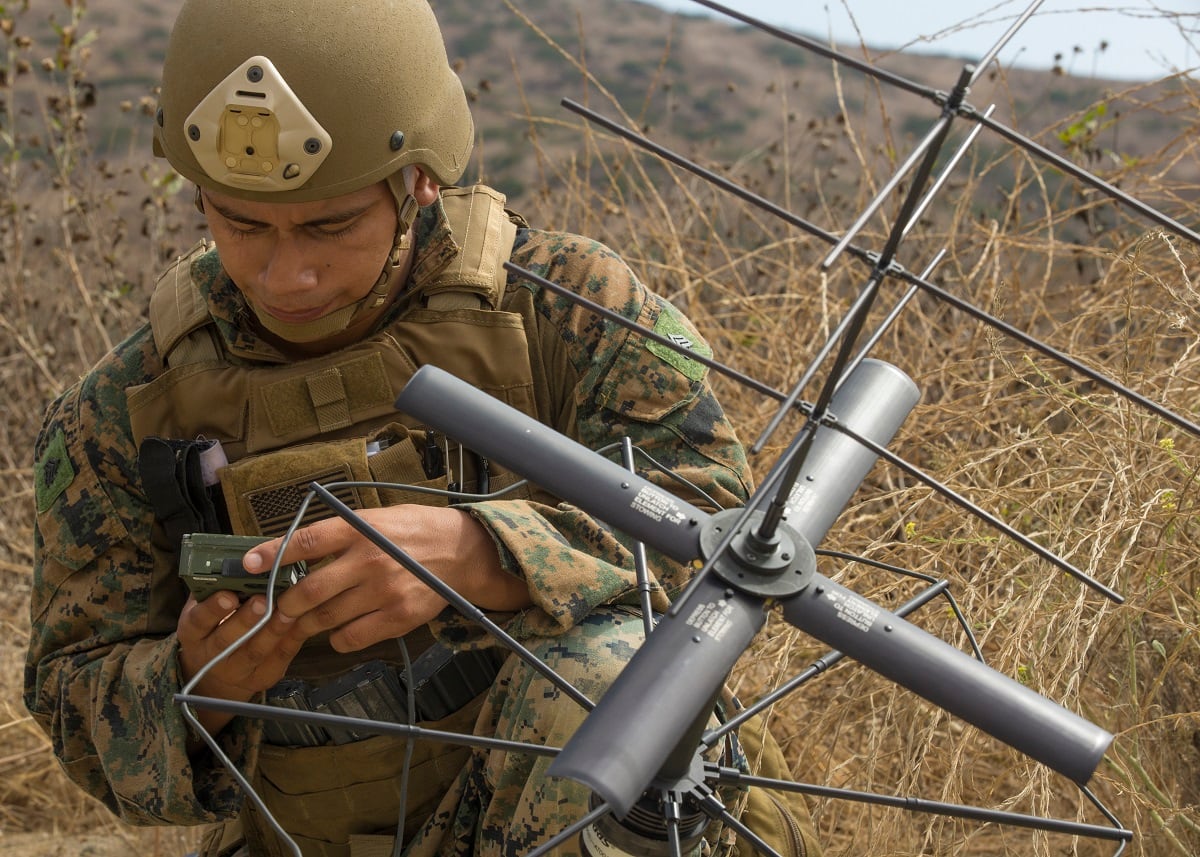A survey of war fighters published by commercial satellite company Viasat shows less than half of respondents have the necessary level of connectivity to execute their mission objectives.
The survey is the result of a partnership between Viasat, a satellite communications provider with a long history of military contracts, and the Government Business Council. According to Ken Peterman, Viasat’s president of government systems, the survey is likely the first state of military communications study.
The survey, released Oct. 14 on the first day of the annual Association of the U.S. Army conference, includes 330 defense leaders selected from 500 respondents, with representatives of all branches of the military.
The survey’s topline result was that war fighters do not have the levels of connectivity they need.
According to the survey, there’s a gap between what levels of connectivity war fighters expect and what they have. While 68 percent of respondents expect the same level of connectivity on the battlefield as in the civilian world, only 46 percent felt they had the connectivity needed to successfully execute their missions.
Furthermore, 23 percent of respondents said U.S. defense communications technology was either behind or far behind its adversaries, with another 37 percent saying the U.S. was on par with those adversaries.
Resiliency was also an area of concern, with 60 percent of respondents saying “improvements in defense communications technology are most needed to strengthen the military’s ability to maintain secure connectivity in the face of digital threats.”
For Peterman, the survey results confirmed his understanding of the state of military satellite communications and the needs of war fighters.
“The results of the survey are really clear, and I think that it’s insightful and it forces us to confront the reality that the status quo is not working, that this technology is not getting to the war fighter fast enough,” said Peterman. “We can’t take five to seven years to validate a requirement, budget the money, establish an acquisition strategy, and then finally, five or seven years in, issue an RFP and say ‘who wants to bid on this?’”
Seventy percent of those surveyed said they agreed that adopting new acquisition processes would allow them to update communications technologies at the speed of relevance.
Viasat and Government Business Council said they expect to conduct the study annually.
Nathan Strout covers space, unmanned and intelligence systems for C4ISRNET.








